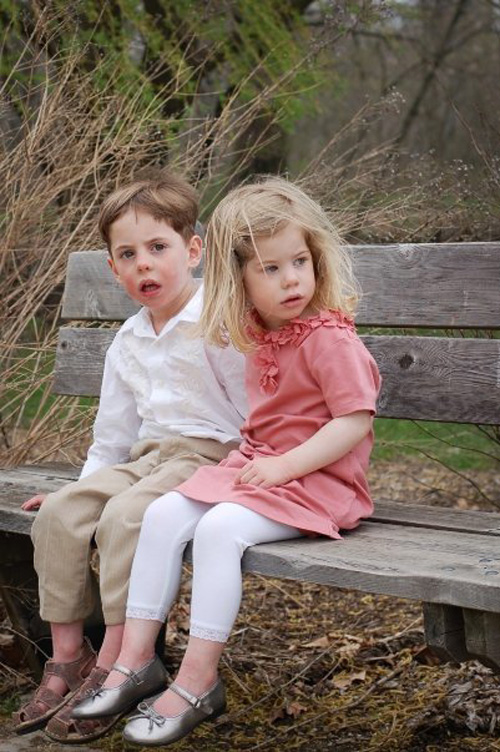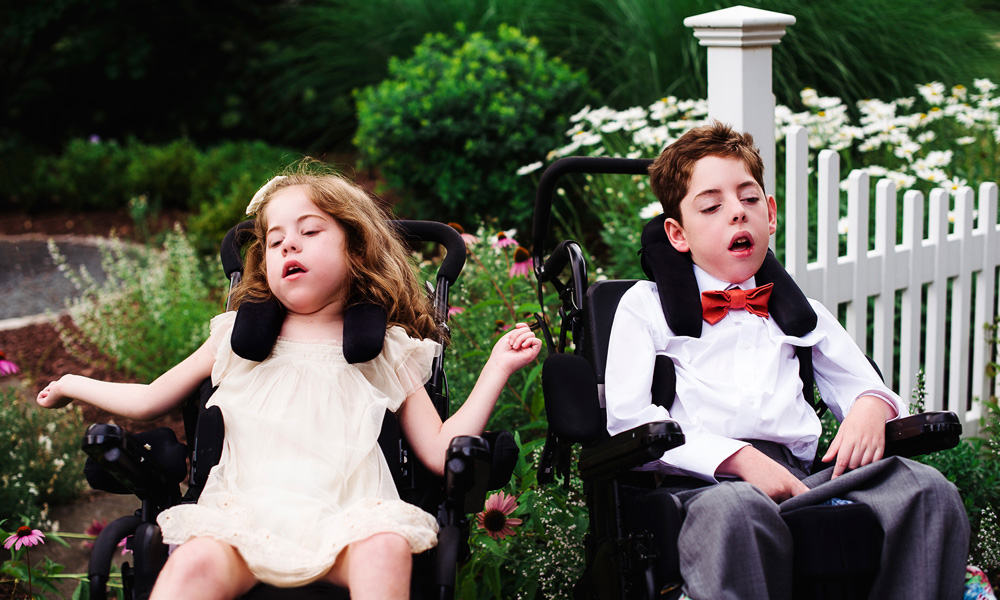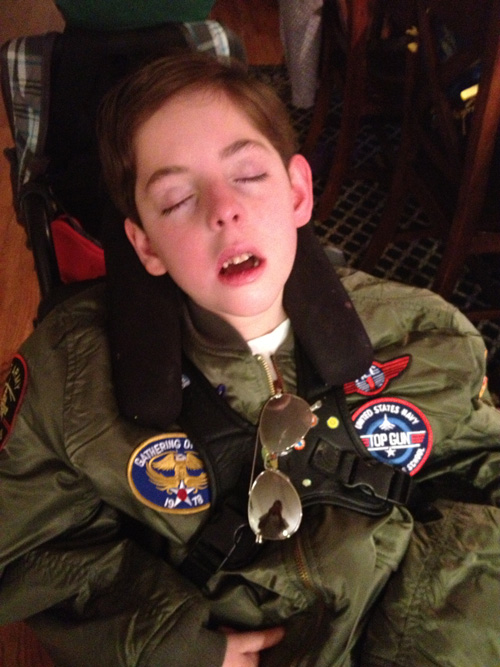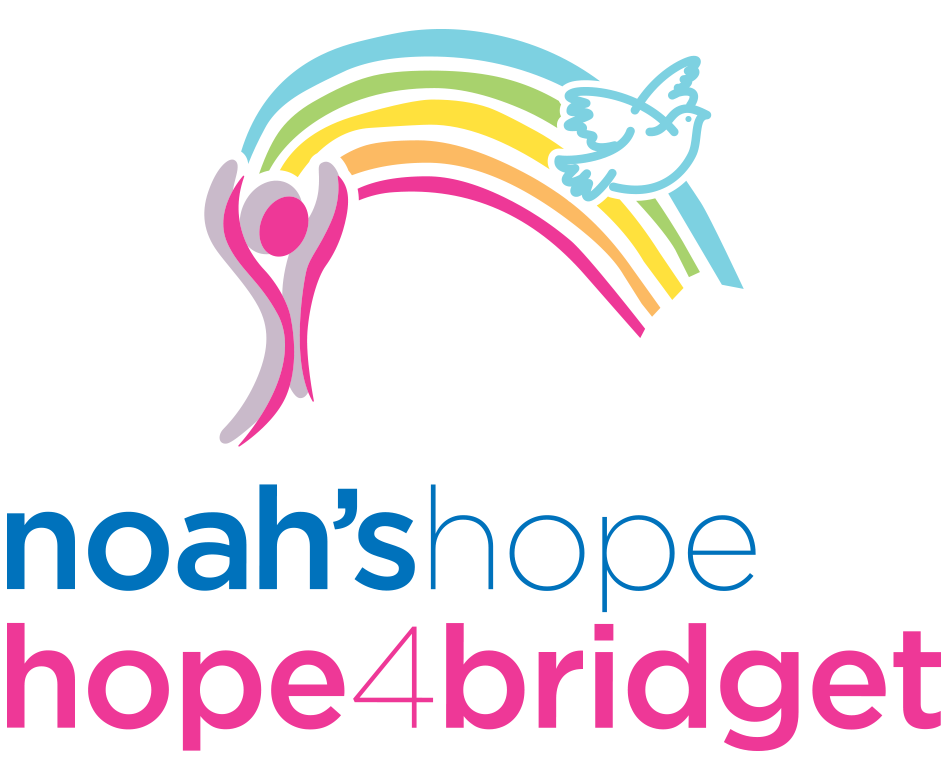What is Batten Disease?
Batten disease, or Neuronal Ceroid Lipofuscinosis (NCL), is a family of rare diseases caused by autosomal recessive genetic mutations.
These genetic mutations disrupt the cells’ ability to dispose of wastes. Cells are thrown out of balance with the build-up of proteins and lipids (fats). There are 13 known forms of Batten disease and you will often hear them referred to as CLN1-CLN14. It is estimated that 2-4 births per 100,000 in the U.S. are affected by Batten disease, though some researchers in the field suggest these numbers are low. These disorders generally include a combination of vision loss, epilepsy, and dementia. Noah and Laine had the CLN2 form of Batten disease.
What does Batten disease do to children?
Like a thief in the night, CLN2 Batten disease robs children of their health, freedom, and their very lives. Although they seemed well until age 3, Noah and Laine were confined to wheelchairs by age 7 and trapped in an unrelenting downward spiral. We believe that there are fewer than 2,000 children worldwide who have CLN2 Batten disease, so this disease typically receives less than $700,000 per year in federal funding for research.
Over time, children with CLN2 Batten disease, like Noah and Laine, suffer mental impairment, worsening seizures, and progressive loss of sight and motor skills. Eventually, children with Batten disease become blind, bedridden, and unable to communicate. Until recently, it was almost always fatal by age 12. We are working to change this outcome.

What has Noah’s Hope done to help the Batten disease community?
Drug development for rare diseases like CLN2 Batten disease is extremely challenging due to the small size of the patient population. Through advocacy efforts by our family and others, we helped to change the federal law on a few key issues for the rare disease community so that new therapies could be explored.
As a result of this advocacy effort and basic research funded by Noah’s Hope-Hope 4 Bridget and other partners, and through continued engagement with our family, BioMarin Pharmaceuticals, introduced the first drug therapy that could delay the onset of symptoms for CLN2 Batten disease in 2017, just one year before Laine passed away.
Brineura is approved to slow the loss of the ability to walk or crawl (ambulation) in symptomatic pediatric patients three years of age and older with CLN2 Batten disease. The results of the multinational clinical trial that led to the approval of Brineura were published in The New England Journal of Medicine on May 17, 2018. This is a groundbreaking new option for many children with CLN2 Batten disease.
Read through the rest of our website for more information about our efforts. Please join us as we work to give the gift of childhood back to children with Batten disease. You can make the difference—please consider making a donation today!
How many people have these disorders?
We believe that fewer than 2,000 children worldwide have CLN2 Batten disease, the form of the disease that Noah and Laine both had.

What are the first symptoms for CLN2 Batten disease?
In CLN2 Batten disease, children begin with unexplained seizures, which typically occur between ages 2 and 4. Many children have language development delay before the onset of seizures and then later experience ataxia (motor disturbance), developmental delays, and regression. While other forms of Batten lose eyesight as an early symptom, children with CLN2 Batten disease may lose their eyesight later in the disease.

What causes CLN2 Batten disease?
How is CLN2 Batten diagnosed?
Children with CLN2 Batten disease typically present first with unexplained seizures, and speech delay or regression that may be mistaken for a side effect of anti-convulsant medication. The diagnosis is usually made by enzyme (TPP1) and genetic (CLN2) tests on blood samples. Brain scan imaging can also help doctors look for changes in the brain’s appearance. The most commonly used imaging techniques are CT and MRI scans. These scans may reveal brain areas that are decaying in NCL patients
Occasionally a skin biopsy may be necessary. Curvilinear bodies (CVB) are the characteristic storage body at the electron microscope level. It is very important to diagnose patients with Batten disease as early as possible.
Are any drug therapies available?
In April 2017, the FDA approved the first enzyme replacement therapy for CLN2 Batten disease (TTP1 deficiency) called Brineura (cerliponase alfa) created by BioMarin Pharmaceuticals. This has been shown to slow or halt the progression of symptoms. Noah’s Hope was very involved with BioMarin throughout this process.
Race for Brineura
The Race for Brineura is a short film that takes viewers behind the scenes of the first CLN2 approved therapy.
What are other current options for care?
For more on management of CLN2 Batten, please see HERE and HERE.
Support and encouragement can help children and families cope with the profound disability and losses caused by NCLs. The Batten Disease Support and Research Association enables affected children, adults, and families to share common concerns and experiences.
Foundation Mission
The VanHoutans (Noah’s Hope) had two children affected by CLN2 Batten disease, Laine and Noah. The Kennicotts (Hope 4 Bridget) had one daughter, Bridget, who was affected by CLN2 Batten disease. Noah, Laine, and Bridget are our angels who inspire us daily.
Noah’s Hope continues to recruit and follow-up with scientists and pursue medical research that will someday yield more treatments for CLN2 Batten disease.

Watch The Mad Scientist
Created for A Fifth Season to explain disease and where research dollars were going to; engaging Noah, Laine, Bridget and Ethan’s siblings.
We Need Your Help
Although Noah and Laine are no longer alive, we believe fervently in the work we have done for CLN2 Batten disease, and the work that is still needed. We are committed to continuing our efforts to advocate, research, raise funds, and increase public awareness about CLN2 Batten disease in their memory.
Please join us as we work to give the gift of childhood back to children with Batten disease.
